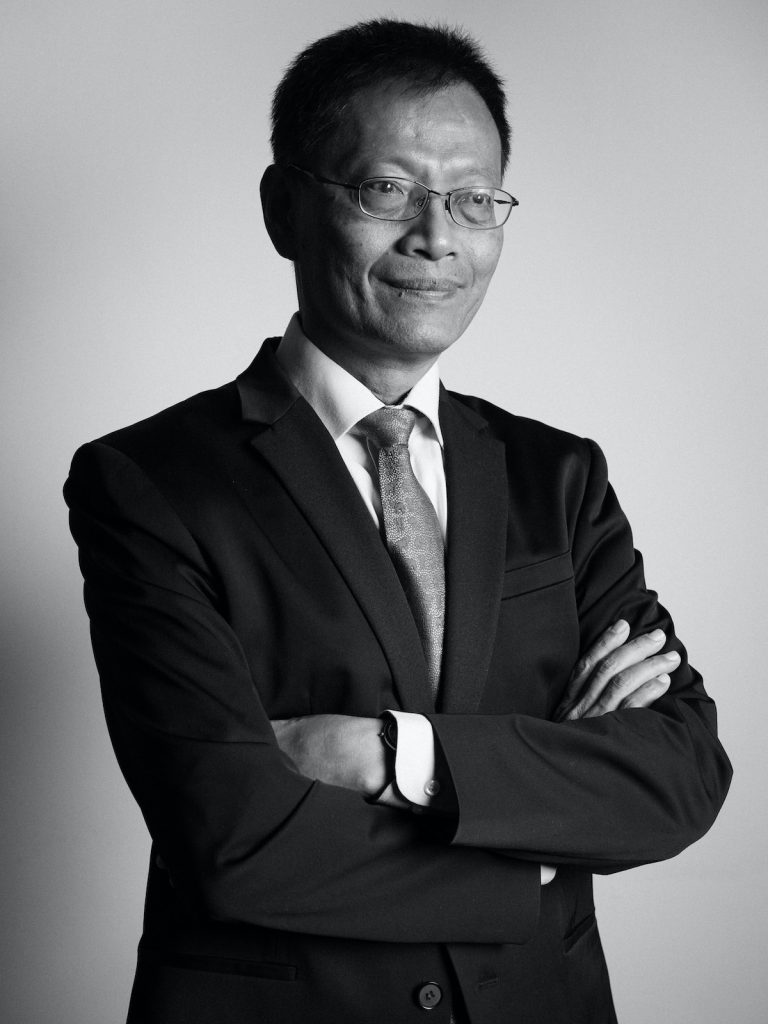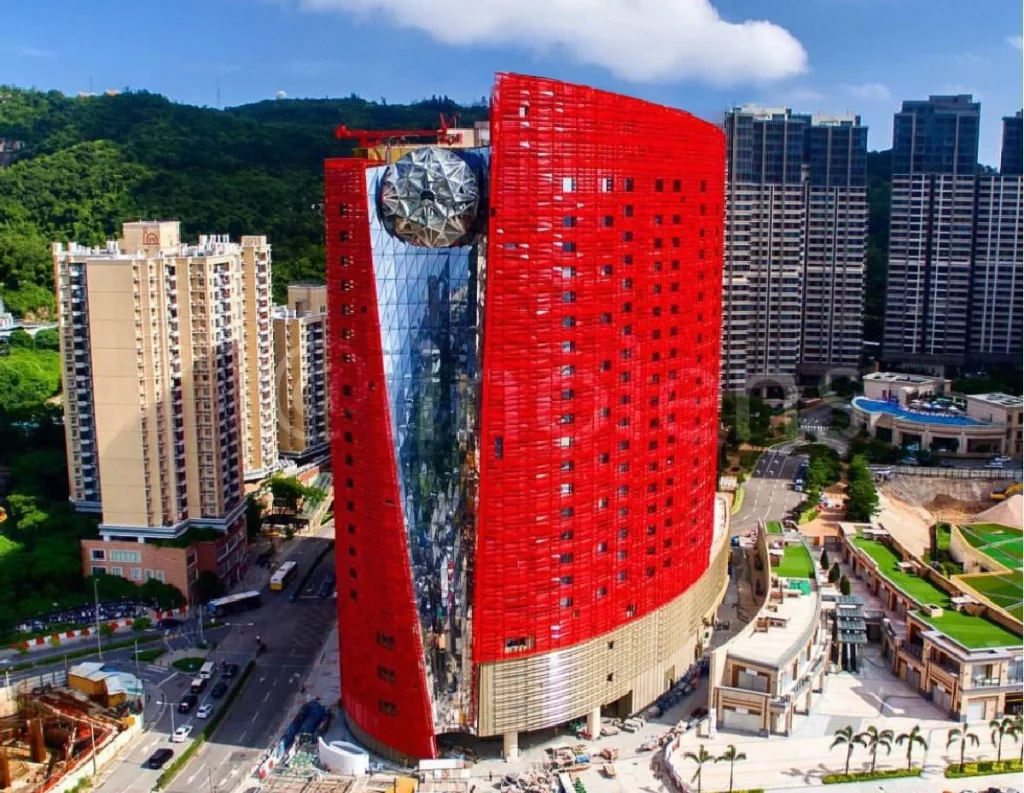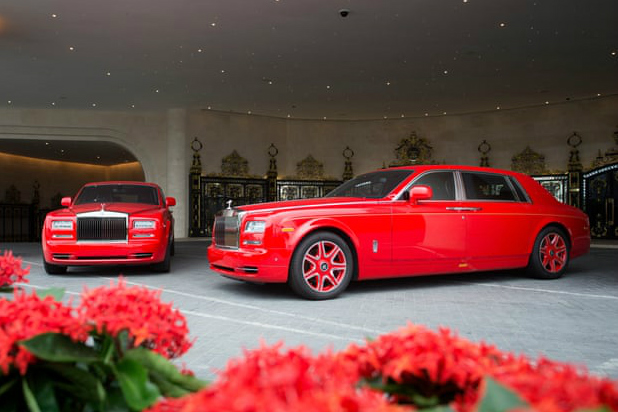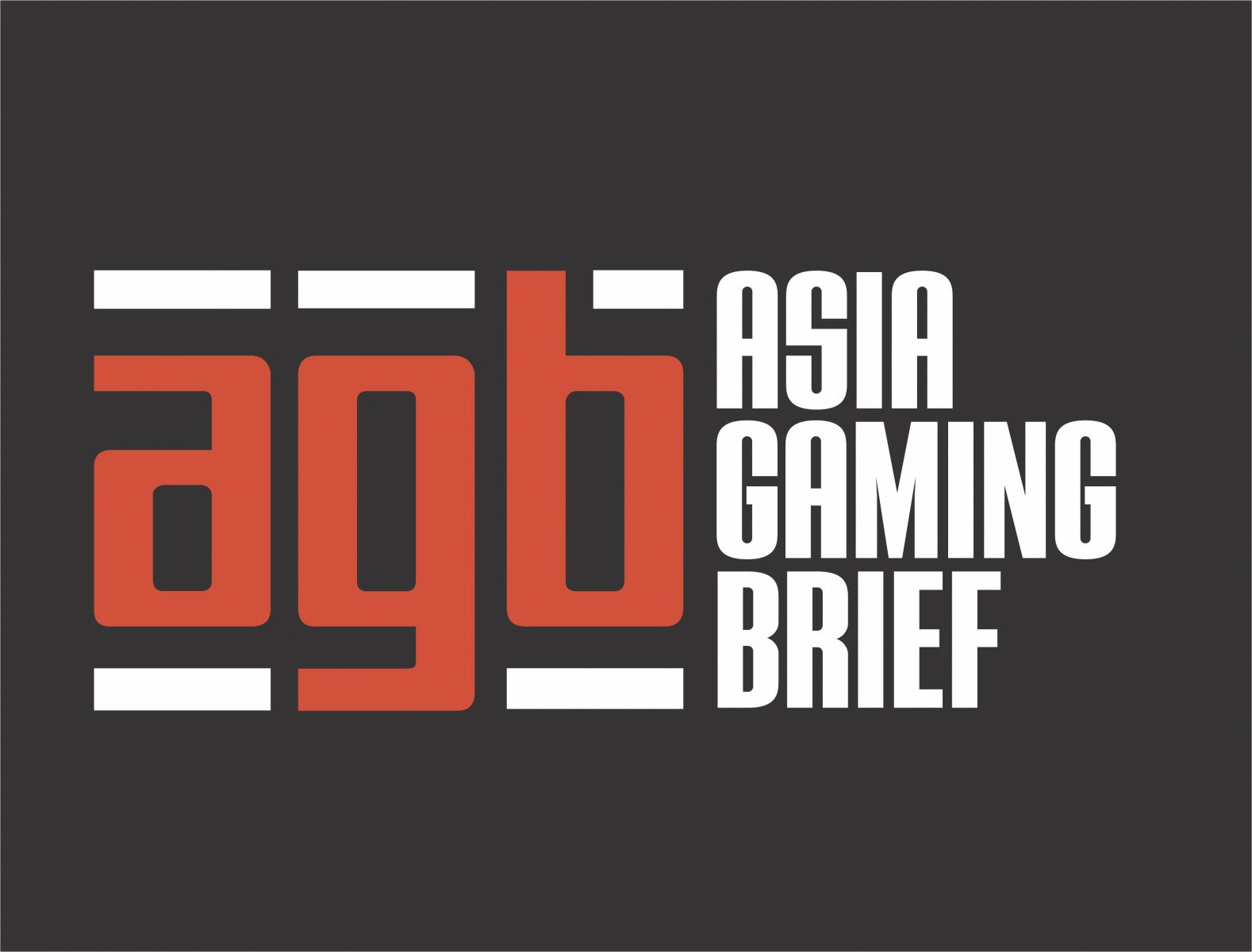The failed project The 13, envisioned over a decade ago by Hong Kong billionaire Stephen Hung and located at the end of the Cotai Strip in Macau, is a haunting reminder of the fact that not every proposed casino project will succeed; and proof that timing, location and having the right people willing to support plans are much more important than money.
Many lessons have been learned in Macau over the years, with failed bids for casino licenses (such as those by Genting and Caesars), the evisceration of the junket business (with Suncity and Tak Chun primary examples), the volatility of an economy based on Chinese punters (as seen in multiple anti-corruption crackdowns), the imposition of table caps on properties, and worldwide catastrophes such as the pandemic just a few that come to mind.

Hung’s idea for then-labelled Louis XIII was to create a multibillion-dollar ultra-luxury hotel property, with a casino that could target VIP and premium mass.
Expert Ben Lee points out that this segment was the only real option for the property, and a series of factors meant that it didn’t get off the ground in time to target what could have, in fact, been its golden ticket.
Many living in Macau, and who have witnessed the slow spiral that The 13, renamed South Shore Holdings, and its engineering ar Paul Y Engineering, question whether it was dead in the water from the beginning.
“Casinos are not guaranteed to make money. They will only make money if you have done all your homework, put in the proper procedures and systems and infrastructure,” points out Lee.
Trifecta of failures

The Managing Partner of IGamiX evidenced the first rule of the real estate business as The 13’s first main mistake: location, location, location.
The 13’s land plot is located at the far end of what became known as the Cotai Strip, but even after the later development of the remaining plots by operators such as Melco – with Studio City effectively capping off the strip, it’s still not within walking distance of any of the Cotai operators, and it was far away from the then-booming Macau peninsula – where properties such as Wynn were tapping heavily into the premium market due to their upscale offerings.
The second major factor resulting in its eventual demise was its design. In Macau’s major boom years, which peaked in 2013, there was a preference for a European classic vibe, “which denotes prosperity and luxury”, notes Lee, something embodied in the original name Louis XIII.
“The design, while it may have been appropriate at a certain point in time, when they finally did get it built, was out of touch”.
A striking comparison is the ongoing success of Galaxy, which focuses on flashy gold and marble, compared to the tribulations of SJM’s Grand Lisboa Palace – based on the Palace de Versailles and featuring brands such as Versace and Karl Lagerfeld.

But the third point would ultimately be the property’s undoing: the expectation that the group would be allowed to operate a casino in the property.
Under Macau’s model at the time, concessionaires and subconcessionaires could apply to place their tables at satellite or third-party properties: which Hung was banking on.
The company even went so far as to propose that it had informal agreements with Melco to get the table allocation it needed.
Various models were envisioned, notes Lee, with scenarios drawn up of between 33 and 66 tables, with hopes for 50.
But everything began to fall apart when China implemented an anti-corruption campaign under its new leadership.
“That meant basically that the business model they had originally envisaged, of high and ostentatious living was no longer viable then. And it’s amazing that they did not amend the concept,” notes Lee.
But The 13’s management was trapped – at least as they didn’t pivot their concept in the early years the property was still under development.
It’s small footprint and its distant location meant that it had no chance to target the mass market – despite its fleet of 30 Rolls-Royces, even if they were able to get tables. This was dealt a further blow by table caps.
“When the government capped the table numbers for each and every casino operator, that effectively sealed the fate of The 13, because Melco was no longer in a position to potentially give the number of tables that The 13 wanted,” notes Lee.
Even despite this, The 13’s initial plans were for most of their gaming tables to be mass designated, while also having the slot component.
“If that casino had opened in the peak of 2013/2014, it might have been viable” notes Lee.
But speculation abounds as to whether Hung, who was ousted from the board and departed the company in 2018 – the same year it opened briefly as a non-gaming property (to little fanfare), didn’t still make his money.
The value of the land itself would have been significant, and being a publicly-listed company also drew in more investors and shareholders. With Hung’s charisma and outward confidence in the project – even towards the end, it’s undoubtable that he walked away anything less than a rich man.
























